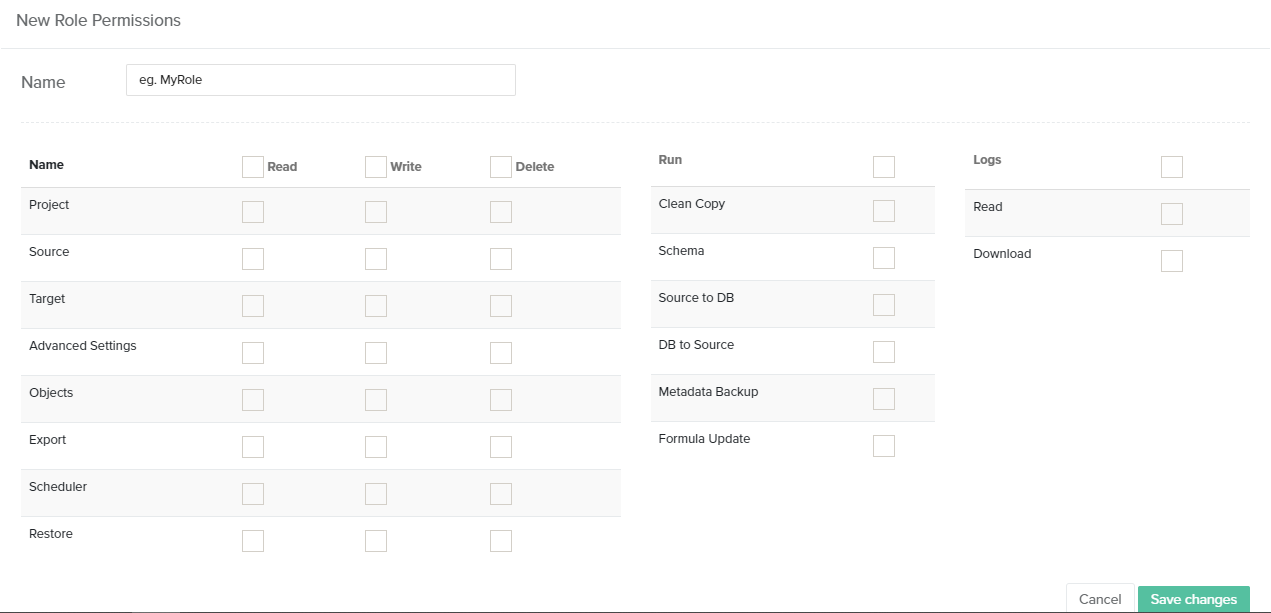Unlocking Salesforce Data Replication to Minio with DBSync
In today’s data-driven world, organizations rely on Salesforce as a primary source of customer information and sales data. Replicating this valuable data to other systems is crucial for analytics, reporting, and business intelligence. However, efficiently and securely replicating Salesforce data to a data lake, such as Minio, can be challenging. In this blog post, we’ll explore how DBSync simplifies Salesforce data replication to Minio, making it easier for businesses to harness the power of their data.
Understanding Salesforce Data Replication
Before diving into how DBSync facilitates Salesforce data replication, let’s briefly understand what it is and why it’s essential.
Data replication is copying data from one source to another, ensuring that the data remains consistent across multiple locations. In the context of Salesforce, organizations often need to replicate their customer data, sales transactions, and other critical information to external storage systems like Minio. This replication enables businesses to:
Enhance Analytics: Replicated data can be analyzed alongside other data sources, providing a comprehensive view of business operations.
Improve Reporting: Real-time replication ensures that reports are up-to-date and accurate.
Enable Business Intelligence: Replicated data can be used for advanced analytics and AI-driven insights.
Why Choose Minio as a Data Lake
Minio, an open-source, high-performance object storage system, is gaining popularity as a data lake solution. Here are some compelling reasons why organizations are embracing Minio:
Scalability: Minio scales horizontally, allowing your storage capacity to grow seamlessly as your data volume increases.
Cost-Effectiveness: It’s a budget-friendly alternative to traditional storage solutions.
Data Security: Minio prioritizes security, offering robust features such as encryption and access control.
High Performance: Designed for high-speed data access and retrieval, Minio ensures efficient data operations.
Challenges in Adapting to a Data Lake
While Minio offers numerous benefits, transitioning to a data lake environment presents several challenges:
Data Integration Complexity: Migrating data from various sources to Minio can be complex and time-consuming.
Data Transformation: Data often requires transformation and structuring before it can be ingested into Minio.
Data Governance: Ensuring data quality, privacy, and compliance can be a significant concern.
Maintenance and Scalability: Managing Minio at scale demands expertise and resources.
How DBSync Simplifies Salesforce Data Replication to Minio
This is where DBSync comes to the rescue. DBSync is a robust integration platform that streamlines data replication and transformation. Let’s explore how DBSync addresses these challenges:
Benefits for Tech and IT Users:
Centralized Data Management: DBSync provides a unified platform for managing data replication processes. IT teams can configure, monitor, and troubleshoot data replication from a single interface, reducing complexity and streamlining operations.
User-Friendly Interface: DBSync’s user interface is designed with ease of use in mind. It offers intuitive wizards and drag-and-drop functionalities, making it accessible to users with varying levels of technical expertise.
Automation and Scheduling: DBSync allows users to automate data replication jobs and schedule them at convenient times. This automation ensures that data is continuously and reliably replicated without manual intervention.

Technical Features:
Data Validation: DBSync includes data validation checks to ensure data accuracy during replication. It can identify and address data quality issues, such as duplicate records or missing values before data is replicated.
Error Handling and Logging: DBSync logs all data replication activities, including errors and exceptions. This comprehensive logging enables users to track the status of replication jobs, diagnose issues, and implement corrective actions promptly.

API Integration: DBSync’s REST API support allows for seamless integration with other applications and systems. Users can incorporate data replication into their broader ecosystem of tools and processes.
Compliance and Security:
Data Encryption: DBSync supports data encryption in transit and at rest, ensuring that sensitive data remains secure throughout the replication process.
Access Control: Organizations can define fine-grained access control policies within DBSync, ensuring that only authorized personnel have access to sensitive data.

Audit Trails: DBSync maintains detailed audit trails of data replication activities. These logs can be invaluable for compliance reporting and demonstrating data governance practices.
Conclusion
In conclusion, DBSync is a valuable tool for organizations looking to simplify Salesforce data replication to Minio. It addresses the complexities and challenges associated with data integration, transformation, governance, and scalability, making it easier for businesses to unlock the full potential of their data.
By choosing DBSync as their data replication solution, organizations can streamline processes, ensure data consistency, and gain actionable insights from their Salesforce data within their Minio data lake. DBSync empowers businesses to leverage their data assets effectively in today’s data-driven landscape.
We would be delighted to discuss your use case and explore how DBSync can support your success. Please feel free to Schedule a meeting with us.


